Year 3 Teaching Resources
Explore printable worksheets, digital activities, games and more Year 3 resources, all aligned to the Australian curriculum! The teacher-created resources have all been designed with primary teachers and students in mind to meet the special needs of children as they transition into the middle years of their primary school education.
Carefully curated and thoroughly reviewed by the expert teachers of the Teach Starter team to ensure they're classroom-ready, our Year 3 resources can save you lesson planning time this school year with editable and differentiated options at the ready.
Teach Starter’s Year 3 resources utilise a vast array of resource types and have something for every learning area. Here's just a taste of what you'll find for your classroom!
- Spelling words and English worksheets
- Fractions activities and Maths worksheets
- Social and emotional learning activities
- Narrative writing stimuli
- Language conventions practice
- And so much more!
Are you new to teaching Year 3? Here's a look at what this year of primary school is all about!
What Is Year 3 in Australia?
Year 3 sits right in the middle of primary school for most students in Australia as the fourth year of compulsory education.
How Old Are Kids in Year 3?
The exact age of students will vary slightly by state (and birthday!), but most children in your Year 3 class will be 8 to 9 years old.
What Do Students Learn in Year 3?
Year 3 is a big one for Australian students. Many will sit the NAPLAN tests, and more than a few will hit double digits before the year is through. This is a big year for Maths between the introduction of more complex fractions and formal multiplication, as well as even more skill-building in other learning areas.
Exactly what they're expected to learn will depend to some degree on the state or territory where you are teaching, but here's a look at what your students can expect to encounter in the key areas of the curriculum!
English
Year 3 students continue to develop their reading, writing, speaking, and listening skills in their English lessons. Reading will involve more complex texts, including longer novels, non-fiction texts, and poetry.
Students will also be expected to analyse these texts more deeply, examining themes, character development, and literary techniques. Comprehension skill-building will require deeper analysis of texts and drawing inferences from what is read.
While Year 2 instruction focuses on basic writing skills such as sentence structure and punctuation, this older group of students will move toward more advanced writing skills such as paragraphing, using descriptive language, and organising ideas in a logical way.
Grammar and spelling will also become a greater focus this year, with an emphasis on understanding and applying more complex grammar rules and spelling patterns.
Maths
Fractions feature front and centre of the Year 3 Maths curriculum. Students will learn to identify, compare, and order unit fractions (those being fractions with a numerator of 1), as well as use them in simple problem-solving contexts.
We already alluded to this being a big year for multiplication, and is it ever! Year 3 students learn the basic multiplication facts — such as 2 x 2 = 4 and 3 x 3 = 9 — and they begin to use these facts to solve multiplication and division problems. They also learn to interpret and create simple multiplication and division problems.
Students will have the chance to build upon their understanding of measurement concepts from Year 2, including length, mass, and capacity. They'll learn to measure and estimate using standard units, plus how to compare and order measurements.
Maths students will expand their knowledge of 2D shapes this year, and they will begin to learn about three-dimensional shapes and their properties.
Place value is still a big part of maths, of course. Year 3 students expand their understanding of place value to include numbers up to 10,000, and they learn to read, write, and compare four-digit numbers. They also learn to use place value to solve addition and subtraction problems.
Science
Science instruction in Year 3 is more focused on building a deeper understanding of scientific concepts and their applications, as compared to Year 2. It also emphasises the development of scientific inquiry skills that will help kids become more proficient in conducting scientific investigations and communicating their findings.
Students in Year 3 learn to ask questions, plan and conduct investigations, collect and record data, and communicate their findings as part of their development of science inquiry skills. They spend a portion of the year learning about the characteristics of living things, including plants and animals. Year 3 students will have the chance to explore the life cycles of plants and animals, as well as learning about the needs of living things and their habitats.
While they're learning about things that live on Earth, they're also learning about the planet itself, exploring geological features such as rocks, soil, and minerals. They also explore heat energy and how it can be transferred from one object to another.
Last, but certainly not least, Year 3 students learn about the properties and states of matter, including solids and liquids (gasses are explored later on in primary school).
Humanities and Social Sciences
Building on the foundation set in Year 2, Year 3 HAAS lessons build a deeper understanding of historical events and concepts, as well as exploring the social and economic systems that underpin Australian society.
Students learn about the historical events, people, and places that have shaped Australia's history. They explore the concept of change and continuity over time and learn to use historical sources to investigate the past. Students also study significant cultural events celebrated in our country and how they contribute to Australia's diversity and identity.
Geography instruction will guide students as they learn about the physical and cultural characteristics of places and regions. They'll learn more about the representation of Australia as states and territories, and as Countries/Places of First Nations Australians. Students will also begin exploring Australia's neighbours such as New Zealand, Papua New Guinea, and Indonesia.
Civics instruction sees Year 3 students strengthening their understanding of what it means to live in a democratic society. They will draw upon their own personal experiences to examine why rules are important and to discuss how they can be active participants in the communities to which they belong.
Health and Physical Education
With their bodies rapidly changing, Year 3 students learn about the factors that influence their health and wellbeing, including the importance of good nutrition, hygiene, and sleep. They also learn about social and emotional health, including how to manage their feelings, develop positive relationships, and make safe and healthy choices.
In Year 3, there are a number of different types of safety on tap in lessons, including road safety, water safety, and personal safety. They develop an understanding of risk and learn strategies for staying safe in different situations.
Year 3 students also learn about the importance of being active and informed citizens in their community. They learn about the benefits of volunteering and begin to develop an understanding of the responsibilities and rights of individuals in society.
The Arts
In Year 3, students develop more advanced skills in drawing, painting, and other visual arts techniques. This includes studying the elements of art — such as line, shape, colour, and texture — and beginning to use these to create more complex artworks.
In music class, these children are learning all about musical notation and how to read and write simple music, while drama instruction explores different forms of drama, including role-playing, improvisation, and scripted performance. Students get the chance to learn about the elements of drama, such as character, plot, and setting, and begin to use these to create their own dramatic works.
- Plus Plan
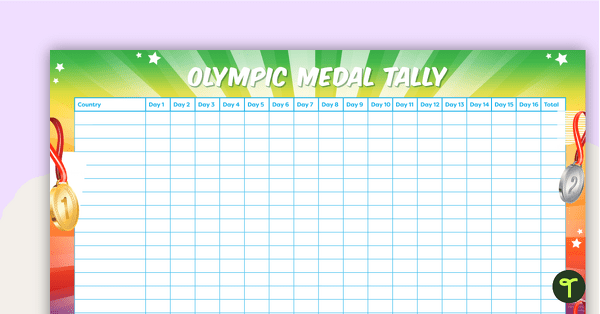
Olympic Medal Count – Poster
A poster to display in the classroom as a record of the medal count during the Olympics.
- Plus Plan
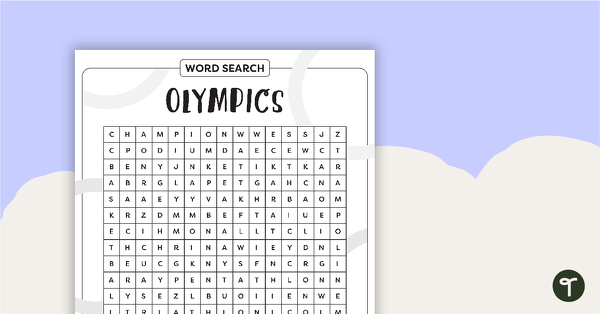
Olympics Word Search – Upper
Words related to the Olympics in a word search.
- Plus Plan
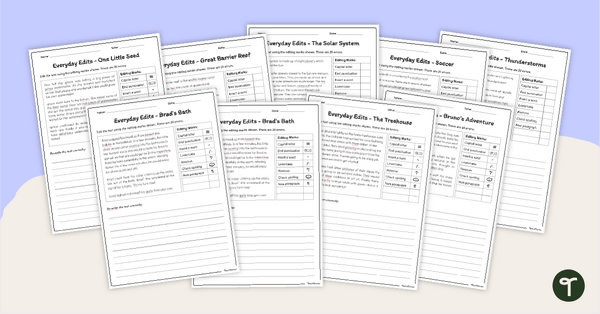
18 Editing Worksheets - Spelling, Grammar and Punctuation
Twenty editing worksheets for spelling, grammar and punctuation.
- Plus Plan
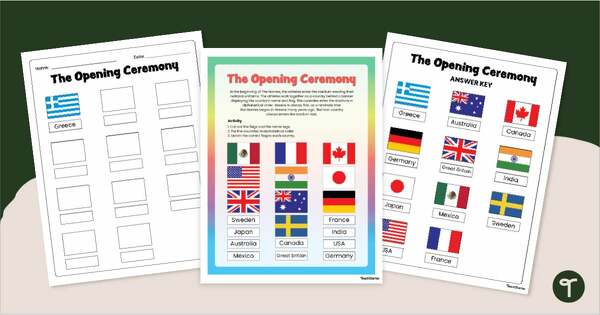
The Opening Ceremony - ABC Order Sequencing Activity
Practise ABC order skills with a printable Olympic Games Opening Ceremony cut-and-paste worksheet.
- Plus Plan

Reading Is Magic! Bookmarks
Celebrate Book Week 2024 with a set of four bookmarks inspired by the theme, “Reading Is Magic”.
- Plus Plan
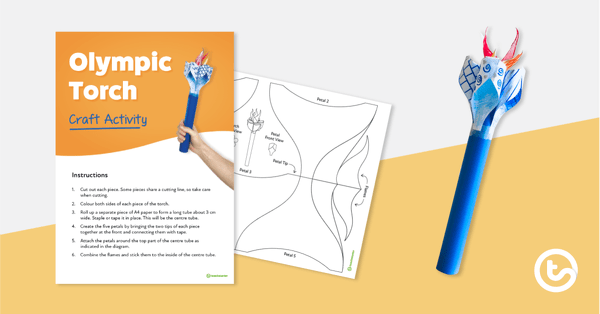
Olympic Torch – Craft Activity
A printable Olympic torch craft activity template.
- Plus Plan
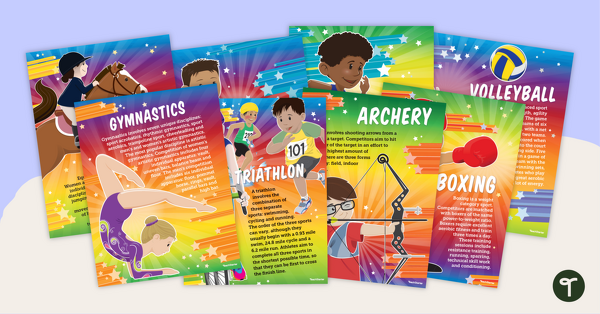
9 Olympic Games Sport Posters
Nine educational posters explaining sports at the Olympics.
- Plus Plan
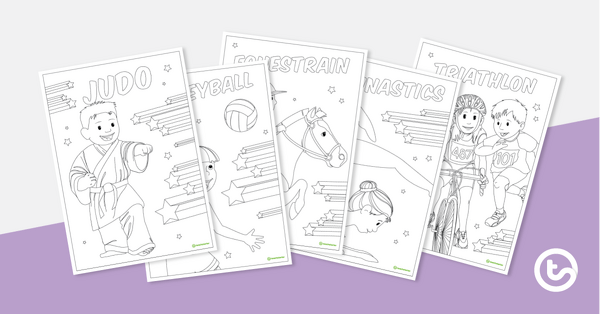
Olympic Sports – Colouring Sheets
A set of 9 colouring sheets of various Olympic sports.
- Plus Plan
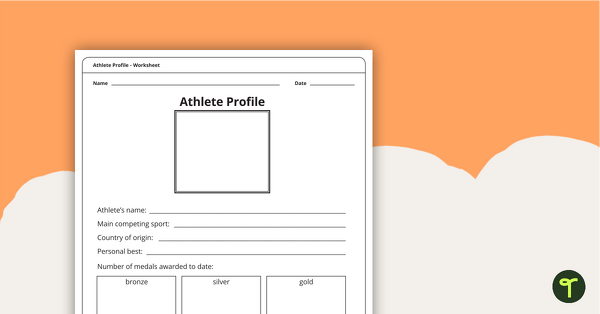
Athlete Profile
A worksheet to use in the classroom when writing athlete profiles.
- Plus Plan
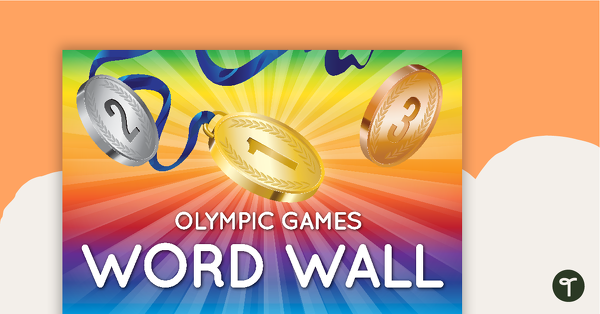
Olympic Games - Word Wall
An Olympics themed word wall to use in the classroom.
- Plus Plan
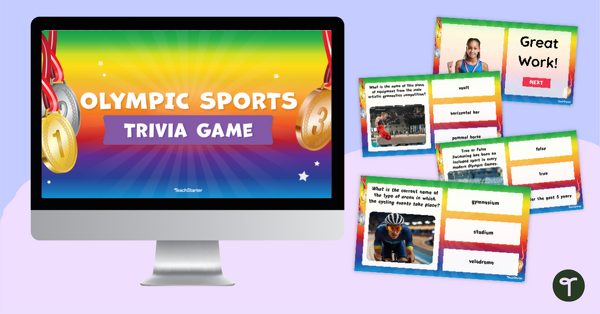
Olympic Sports Quiz Game – PowerPoint
Inspire enthusiasm about the Olympic Games with a fun Olympic Sports Quiz Game!
- Plus Plan
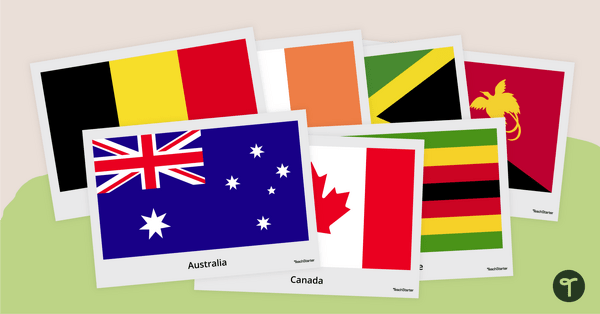
Flags of the World Posters
Use this set of 195 posters depicting the flags of the world's nations in the classroom.
- Plus Plan
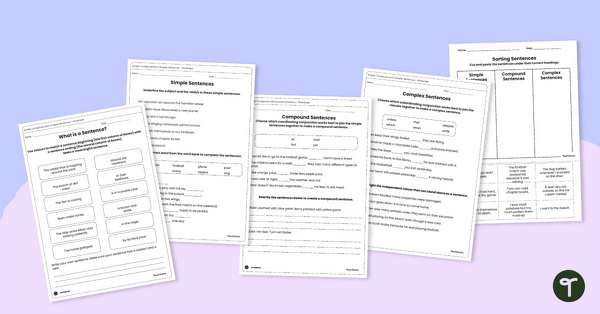
Simple, Compound and Complex Sentences Worksheets
Use this set of five grammar worksheets to teach about the structures of simple, compound and complex sentences.
- Plus Plan
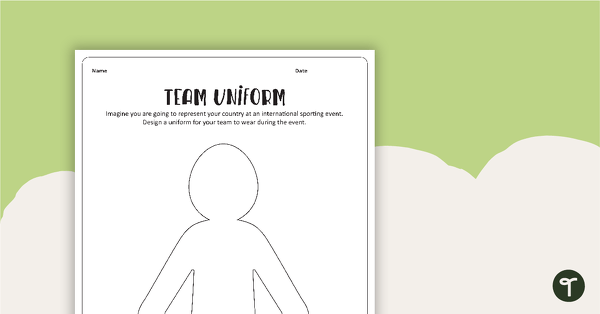
Team Uniform - Activity
A printable template for students to design their own team uniform.
- Plus Plan
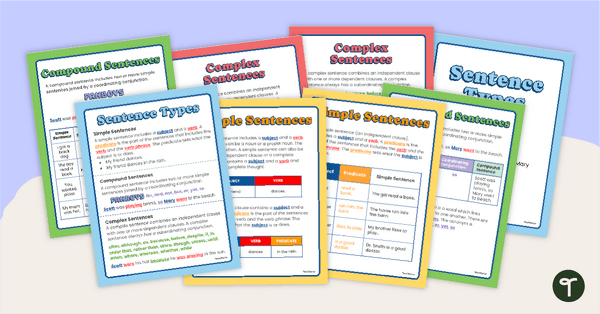
Simple, Compound and Complex Sentences Posters
Use this poster to show your students the attributes that make up simple, compound and complex sentences.
- Plus Plan
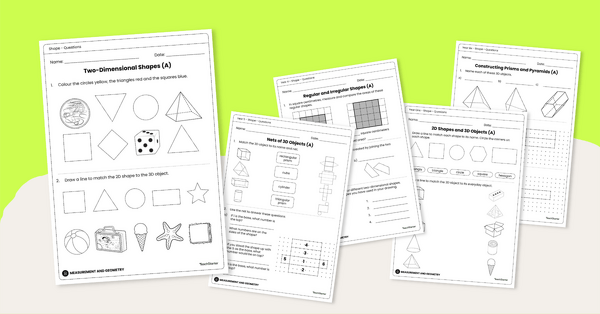
Shape Worksheet Sets (Foundation to Grade 6 Level)
Use these levelled worksheets sets with your primary school students to explore 2D shapes and 3D objects!
- Plus Plan
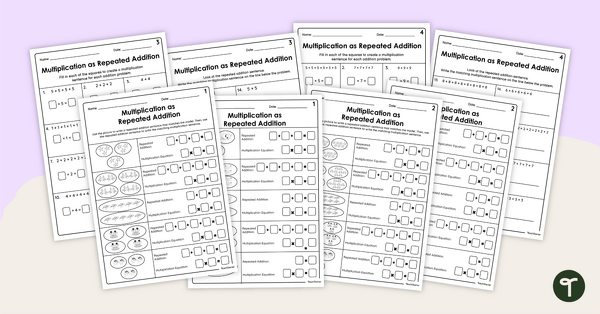
Multiplication as Repeated Addition Worksheet Pack
Strengthen student understanding of multiplication and repeated addition with this worksheet pack designed for year 2 and 3 students.
- Plus Plan
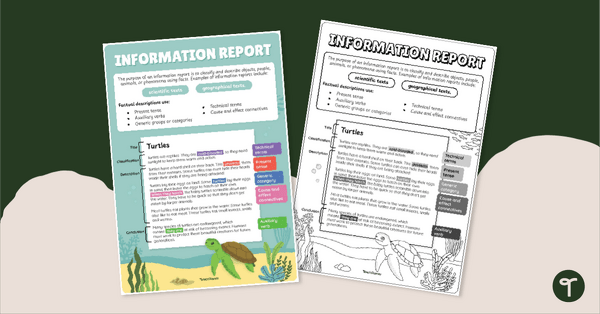
Information Report Text Type Poster With Annotations
Display this information report with annotations to help students identify the structure of this type of text.
- Plus Plan
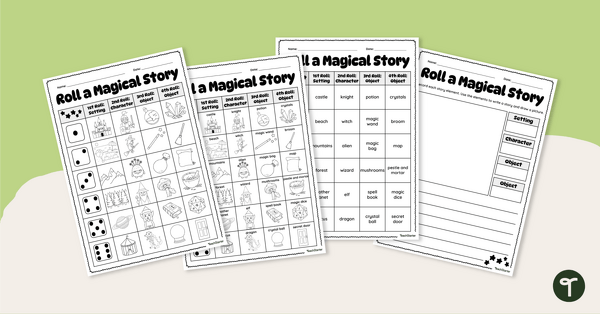
Roll to Create a Magical Story – Dice Game
Get your students writing magical stories during Book Week 2024 with this engaging and interactive “Roll to Create” dice game.
- Free Plan
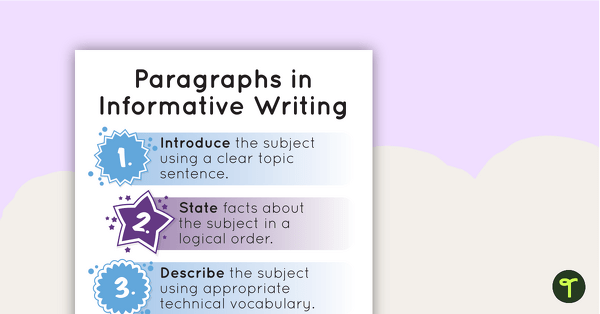
Information Report Paragraph Structure – Poster and Planning Template
Explore information report paragraph structure with this classroom poster and paragraph planning scaffold.
- Plus Plan
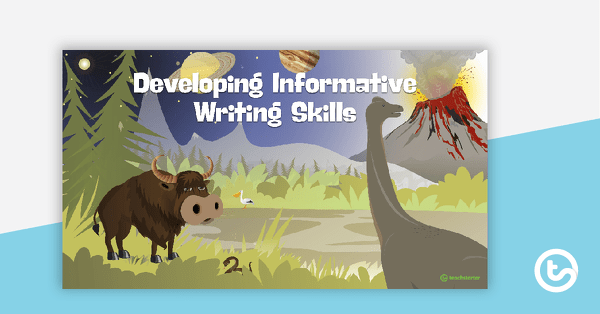
Developing Informative Writing Skills PowerPoint
A 19 slide editable PowerPoint template to use when teaching your students about the structure and language features of informative texts.
- Plus Plan

Team Mascot - Activity
A printable template for students to design their own team mascot.
- Plus Plan
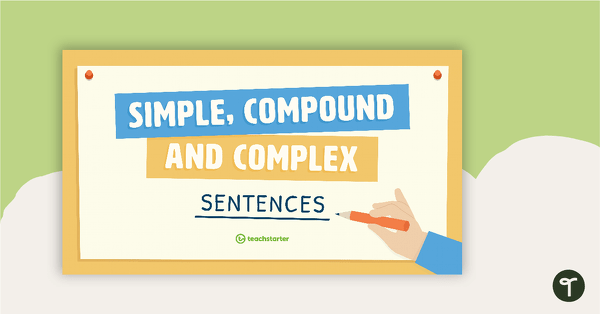
Simple, Compound and Complex Sentences PowerPoint
A 23 slide editable PowerPoint template which introduces the attributes of simple, compound and complex sentences.
- Free Plan
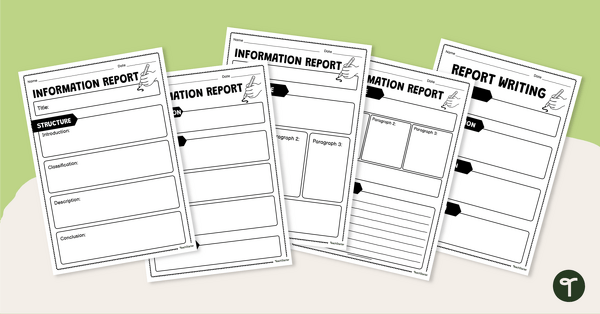
Informative Text Writing Graphic Organiser Pack
Make writing an informative text easy with free graphic organisers for your students!
- Plus Plan

The Olympic Games – Letters and Numbers Bunting
The Olympic Games themed letters and numbers bunting to create banners or titles for displays.
- Plus Plan

Comprehension Task Cards - Finding The Main Idea
A set of comprehension task cards to help students find the main idea when reading.
- Plus Plan

Modality Word Wall With Information
Immerse your students in high, medium and low modality words with this set of 56 word wall cards.
- Free Plan

Nets of 3D Objects
Create a variety of 3D shapes with this comprehensive set of net templates.
- Plus Plan

Magic-Themed Book Review Template
Create a display of student book reviews during Book Week 2024 with this magic-themed book review template for lower years students.
- Plus Plan

Multiplication and Division Minute Maths Booklet
A maths mentals booklet with ten pages of multiplication and division questions.
- Plus Plan

Persuasive Devices Teaching Slides
Explore persuasive language devices with your students using this detailed and age-appropriate slideshow perfect for your persuasive writing unit.
- Plus Plan

Persuasive Devices Worksheet Pack
Explore persuasive language techniques with your students using this nine-page worksheet pack perfect for your persuasive writing unit.